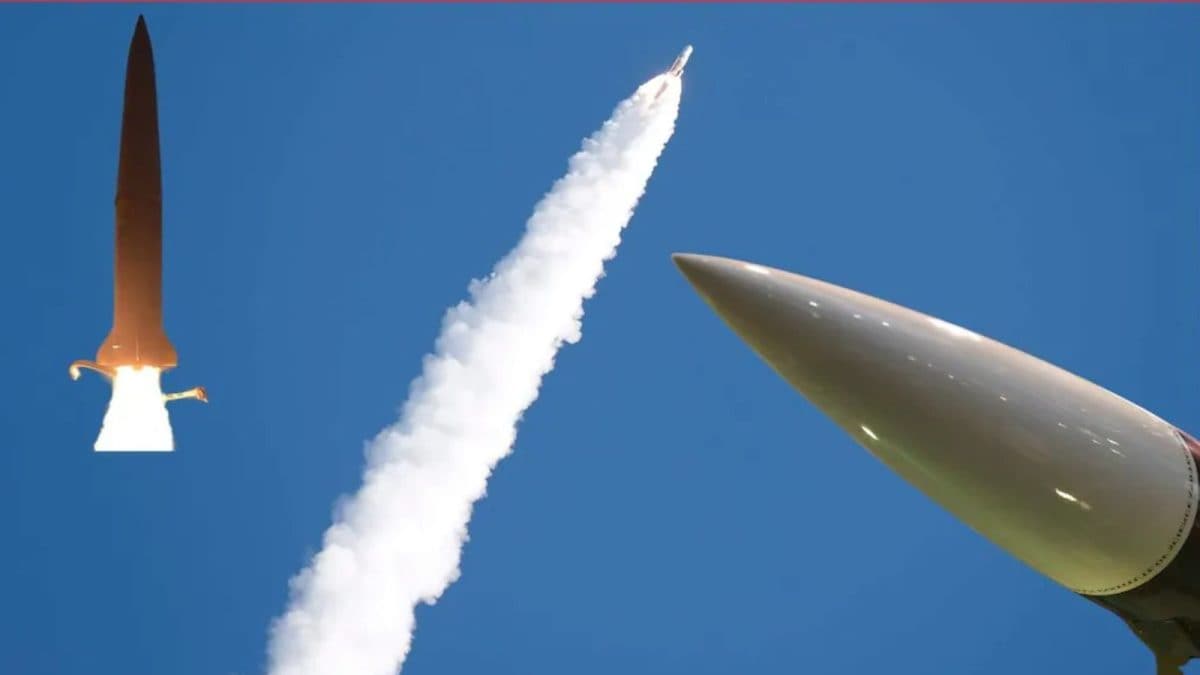Last Updated:
DRDO and HAL advance India’s defence tech with the Dhvani hypersonic missile, aiming for a 2025 test and boosting strategic capabilities

DRDO will test hypersonic glide vehicle Dhvani by 2025. (News18 Hindi)
Building on the momentum of Operation Sindoor, India is accelerating its march towards self-reliance in defence technology with a string of big-ticket projects ranging from advanced missile systems and fighter jets to radar networks and unmanned platforms. The Defence Research and Development Organisation (DRDO) and Hindustan Aeronautics Limited (HAL) are spearheading these initiatives in what officials describe as “mission mode” execution, aimed at meeting ambitious deadlines.
At the heart of this drive is the country’s hypersonic weapons programme. In a development seen as a potential game-changer, DRDO is preparing to test a new class of hypersonic missile, christened Dhvani, by the end of 2025. Described as a Hypersonic Glide Vehicle (HGV), the missile is designed to fly at speeds exceeding Mach 5 or 6, nearly 7,400 km per hour, while executing sharp maneuvers mid-flight. Defence experts say such capabilities would make it “extremely difficult to intercept by existing missile defense systems”, including advanced shields like Israel’s Iron Dome and America’s THAAD.
Recommended Stories
The proposed weapon builds directly on the success of DRDO’s Hypersonic Technology Demonstrator Vehicle (HSTDV), which validated scramjet (supersonic combustion ramjet) propulsion. During earlier ground tests, the scramjet combustor ran continuously for over 1,000 seconds, a record-setting performance that confirmed India’s mastery over the critical technology needed for sustained hypersonic flight.
Unlike conventional cruise missiles, the glide vehicle relies on a two-stage mechanism: a rocket booster propels it to high altitude, from where it detaches and glides at hypersonic speed towards its target. This high-speed, low-altitude trajectory, coupled with the ability to make complex turns, makes interception by enemy air defences extremely challenging. The system, according to experts, will be capable of striking both land-based and maritime targets with pinpoint precision.
In recent months, DRDO has quietly completed a series of critical tests covering aerodynamics, thermal management, guidance systems, and the scramjet engine. Engineers have also successfully trialled advanced ceramic-based thermal barrier coatings to withstand extreme heat generated during hypersonic flight. With these breakthroughs, officials say the project has moved closer to its first full-scale flight trial, expected in 2025.
The Dhvani missile, projected to be more lethal than the BrahMos, could place India in a select club of nations, including the United States, Russia, and China, that have demonstrated operational hypersonic weapons. “This milestone will provide a new direction to India’s strategic and regional security and further strengthen the country’s position in the global power balance,” analysts noted.
October 02, 2025, 14:40 IST
Loading comments…
Read More



